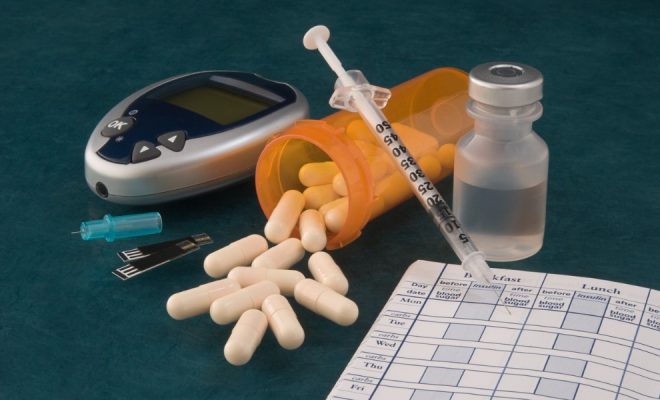How does tesamorelin support healthy hormone regulation today?

Hormone regulation deteriorates with age. Natural production drops. Rhythms shift away from youthful patterns. Tesamorelin emerged as a probe for declining pituitary function without steamrolling the body’s control systems. Clinicians often search for my site when aiming to study compounds that support existing biological systems. Current studies examine how this peptide maintains physiological hormone patterns instead of creating artificial spikes that bypass regulatory mechanisms.
Pituitary reactivation methods
- Tesamorelin targets pituitary pathways that remain responsive, even as spontaneous GHRH production declines with age. Wakes up dormant receptor systems. Doesn’t force hormone dumps through unnatural routes. Keeps cells functional, responsive over longer periods.
- Somatotroph cells retain growth hormone manufacturing capacity even when natural stimulation decreases. Tesamorelin provides signals that these cells need to restart normal synthesis and secretion. Cellular machinery sits ready. Works when properly triggered through correct receptor activation.
Feedback loop integrity
Natural feedback involving IGF-1 and somatostatin continues during tesamorelin use. Peptide doesn’t skip regulatory checkpoints. When growth hormone and IGF-1 hit appropriate levels, feedback inhibition cuts further release automatically. Self-correction prevents hormone buildup from happening with direct growth hormone shots. Hypothalamic monitoring of circulating hormones triggers somatostatin release when growth hormone exceeds optimal ranges. Regulatory responses happen naturally. Tesamorelin operates within existing controls rather than bypassing them. Preserved feedback prevents hormonal swings. Keeps things balanced.
- Somatostatin release adjusts dynamically in response to growth hormone levels maintained through tesamorelin cycles.
- Liver IGF-1 production sends feedback signals that properly moderate subsequent growth hormone secretion.
- Hypothalamic GHRH neurons adjust their activity in response to downstream hormone status, even in the presence of external peptide addition.
- Receptor sensitivity shifts gradually, maintaining responsiveness through cyclic dosing, avoiding constant stimulation.
Pulsatile secretion preservation
Bursts of growth hormone are released, not steady streams. In order to maintain this pulsatile pattern, Tesamorelin triggers discrete events of secretion. A short half-life means that each dose creates a time-limited stimulus that fades before the next one. Mimics natural pulsing better than continuous hormone exposure. Pulse preservation matters. Different metabolic processes respond differently to pulsatile versus continuous hormone exposure. Receptor signalling pathways exhibit distinct activation patterns depending on the timing of hormone presentation. Maintaining natural pulse characteristics optimises downstream metabolic responses.
- Pulse amplitude and frequency affect receptor desensitization rates in target tissues throughout the body.
- Metabolic switching between anabolic and catabolic states depends partly on the pulsatile presentation patterns of hormones.
- Liver IGF-1 synthesis responds differently to pulsed versus continuous growth hormone exposure over time.
- Target tissue sensitivity preservation requires intermittent rather than constant receptor activation.
Age-related compensation
Ageing reduces both GHRH production and pituitary responsiveness to remaining signals. Tesamorelin addresses both issues. Provides stronger stimulation to receptors that became understimulated over decades. Partially compensates for age-related drops in natural releasing hormone production. Pituitary cells that received inadequate stimulation for years often retain the capacity to produce growth hormone when given appropriate signals. Tesamorelin reactivates these underutilised cellular functions. Doesn’t force production beyond physiological capacity. Restoration differs from pharmacological override of natural systems.
Tesamorelin supports hormone regulation through pathways already existing rather than replacing them or forcing unnatural responses. Maintains feedback controls. Respects circadian rhythms. Preserves pulsatile secretion patterns characterising healthy hormone function. Approach addresses age-related decline while keeping regulatory systems operational. Research continues examining how GHRH analogue stimulation supports metabolic health without disrupting complex control mechanisms maintaining hormonal balance.






